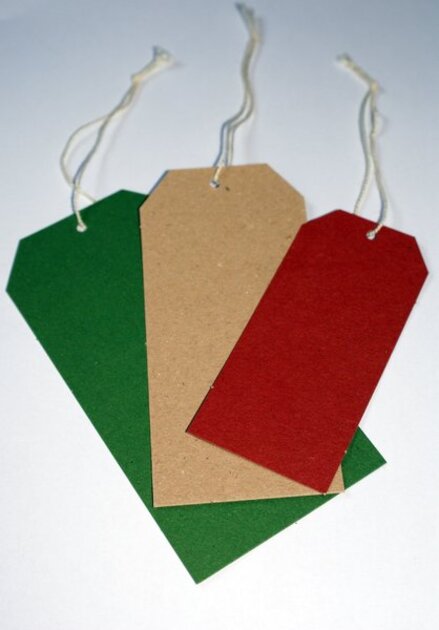
Our Gemara on Amud Aleph discusses the prohibition of using leavened dough on the altar for sacrifices. Rabbenu Bechaye’s ethical treatise, Kad Hakemach (Pesach 1) offers a comprehensive explanation of the Torah’s symbolic aversion to chametz:
Chametz represents the evil inclination. Like the slow leavening of dough, the evil within a personality creeps up and can overtake without proper vigilance. Pesach represents a potential triumph in the human possibility to transcend the bondage of evil. The search for chametz throughout the house in all the crevices and nooks on Erev Pesach is symbolic of the need to ferret out of our personality delusions and aggrandizing biases that rationalize sin and sloth.
It is for this reason that chametz is forbidden on the altar. There are two exceptions: The Todah thanksgiving sacrifice and the Shavuous Sacrifice. The Todah is not so much brought on the mizbeach as it is waved, so it’s a different category, says Rabbenu Bechaye. However, on Shavuous, which is the culmination of the freedom from psychological slavery and the receiving of the Torah, there is finally enough strength in the human character to properly contend with the evil inclination. The integration of the physical desires into a wholesome balance that is accomplished through Torah is symbolically acknowledged via the chametz sacrifice on Shavuous.
I’ll conclude with a story about the Chafetz Chaim. It is said that when he read the Kol Chamira, declaring his Chometz to be null and ownerless, he cried intensely. Someone asked, “What is the great significance to this ritual that you are lamenting? This is merely a legal declaration.” His response was, “Kol Nidrei is also ‘merely’ a legal declaration!”
Translations Courtesy of Sefaria, except when, sometimes, I disagree with the translation ![]()
If you liked this, you might enjoy my Relationship Communications Guide. Click on the link above.
Rabbi Simcha Feuerman, Rabbi Simcha Feuerman, LCSW-R, DHL is a psychotherapist who works with high conflict couples and families. He can be reached via email at simchafeuerman@gmail.com
 Previous
Previous

